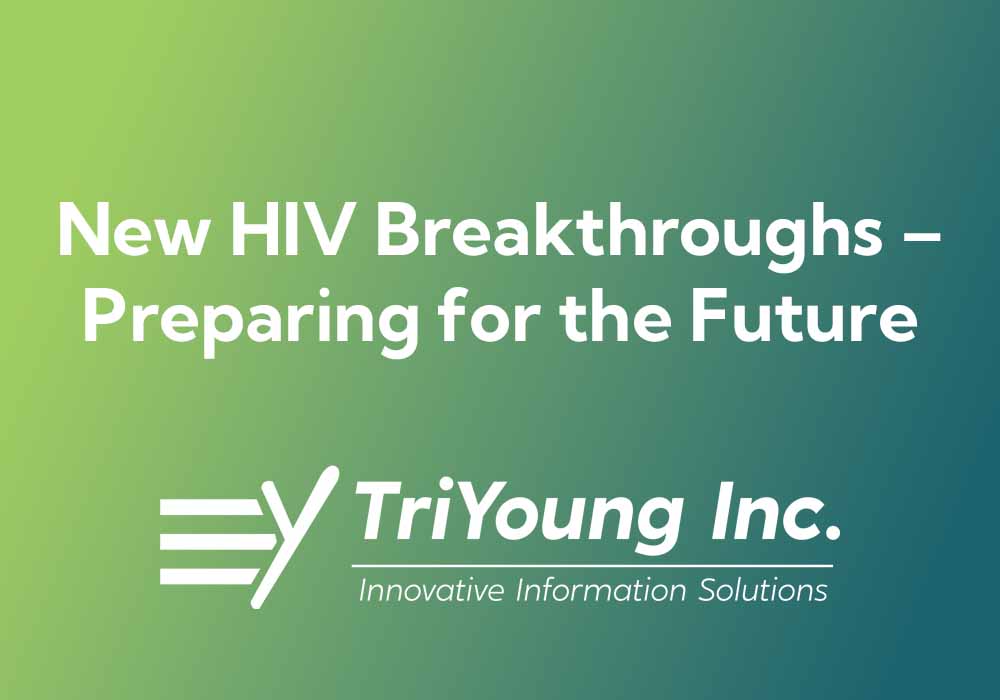In the dynamic world of nonprofit organizations, efficiency isn’t just an operational goal—it’s a necessity to maximize impact. Data integration stands out as a crucial element as we navigate various strategies to enhance our operations. By seamlessly combining information from disparate sources, data integration offers a comprehensive view of organizational performance, resource allocation, and impact measurement.
This holistic approach improves our decision-making processes and optimizes our daily operations, allowing us to focus more on our mission than on manual tasks. It ensures that data collected from various departments—fundraising, project management, client services, and more—work in harmony, painting a clear picture of where we stand and where we need to focus our energies.
Through advanced data integration, we aim to break down silos within our organization, encouraging a more collaborative and informed workspace. This capability to quickly and accurately analyze combined data streamlines reporting, enhances transparency, and boosts our ability to respond to the ever-changing needs of the communities we serve. This integrated data framework is not just about having access to information—it’s about making that information work effectively toward the greater good.
Understanding the Role of Data Integration in Nonprofit Efficiency
Data integration plays a pivotal role in enhancing the operational efficiency of nonprofit organizations. By merging data from various sources into a single, coherent system, we ensure that all aspects of our organization are aligned and functioning optimally. This integration allows us to have a holistic view of our operations, helping us to identify and address inefficiencies quickly and effectively.
For instance, integrating data from donor platforms with our financial systems can help us track fundraising efforts in real-time, ensuring that financial resources are allocated where they are needed most. Additionally, having a unified database reduces the need for repetitive data entry, minimizes errors, and saves valuable time that our staff can redirect toward mission-critical activities. This streamlined approach bolsters our operational capabilities and enhances our responsiveness to the ever-changing demands of our work environment.
Key Techniques in Advanced Data Integration
To fully leverage the power of data integration, we employ several advanced techniques that enhance our data processing capabilities. Here are some of the key practices we use:
1. Automation of Data Collection: We automate data collection from various sources, including online forms, donation platforms, and volunteer management systems. Automation ensures that data entry is consistent and error-free, which is crucial for accurate analysis and reporting.
2. Implementation of Middleware: Middleware acts as a bridge between different systems and applications. It allows for the smooth transfer of data across platforms without the need for manual intervention. Using middleware ensures that our data is timely, accurate, and consistently formatted across all systems.
3. Utilization of Data Warehouses: A data warehouse collects and manages data from various sources to provide powerful insights through complex queries and analysis. We use data warehouses to consolidate diverse data sets in a format that is easier to analyze and understand. This enables us to perform sophisticated data analytics to drive strategic decisions.
4. Adoption of Cloud-Based Solutions: Cloud-based data integration solutions offer scalability, flexibility, and enhanced security. These systems allow us to access and integrate data remotely, making it easier to collaborate across different locations and ensuring that our team can access real-time insights no matter where they are.
By incorporating these techniques, we enhance our ability to manage and utilize our data effectively, ensuring that our nonprofit remains agile, informed, and ready to meet the challenges and opportunities that lie ahead.
Real-World Applications of Data Integration in Nonprofit Settings
In our nonprofit activities, data integration finds its application in numerous transformative ways. One of the most impactful applications is in our client management systems. By integrating client data from intake forms, feedback surveys, and support services, we form a unified client profile that informs tailored intervention strategies that significantly improve client outcomes. This comprehensive view ensures that no crucial information is overlooked and that every program adjustment is backed by data.
Furthermore, data integration is pivotal in event management. As we orchestrate fundraising events, data from previous events, participant feedback, and new registrations are integrated to refine our planning and execution. This allows us to optimize event logistics, personalize communication with participants, and ultimately increase the effectiveness and reach of our fundraising efforts.
How to Evaluate the Success of Your Data Integration Initiatives
Evaluating the success of our data integration efforts is critical to ensure they deliver the expected organizational benefits. We start by setting clear, measurable goals at the onset of any data integration project. These goals could be reducing the time spent on data entry, increasing data accuracy, or improving report generation speeds. By measuring our performance against these benchmarks, we can clearly determine the impact of our integration efforts.
We also solicit frequent feedback from our teams who use these integrated systems daily. Their insights are invaluable for understanding how data integration affects their work processes and overall job satisfaction. Additionally, we monitor data usage and report outcomes to see if the integrated data provides actionable insights that lead to informed decision-making and effective problem-solving in our programs.
Conclusion
At its heart, data integration serves as a catalyst for more strategic, informed, and responsive operations in our nonprofit setting. By effectively blending data from diverse sources, we empower our team with the insights needed to maximize impact. Our commitment to leveraging advanced data integration techniques ensures that we can continually adapt to both the challenges and opportunities that arise in our quest to serve the community.
If your nonprofit is ready to explore how data integration can revolutionize your operations and help you achieve more with your resources, reach out to us at TriYoung. Let us help you transform your data into powerful, actionable tools that propel your mission forward.





